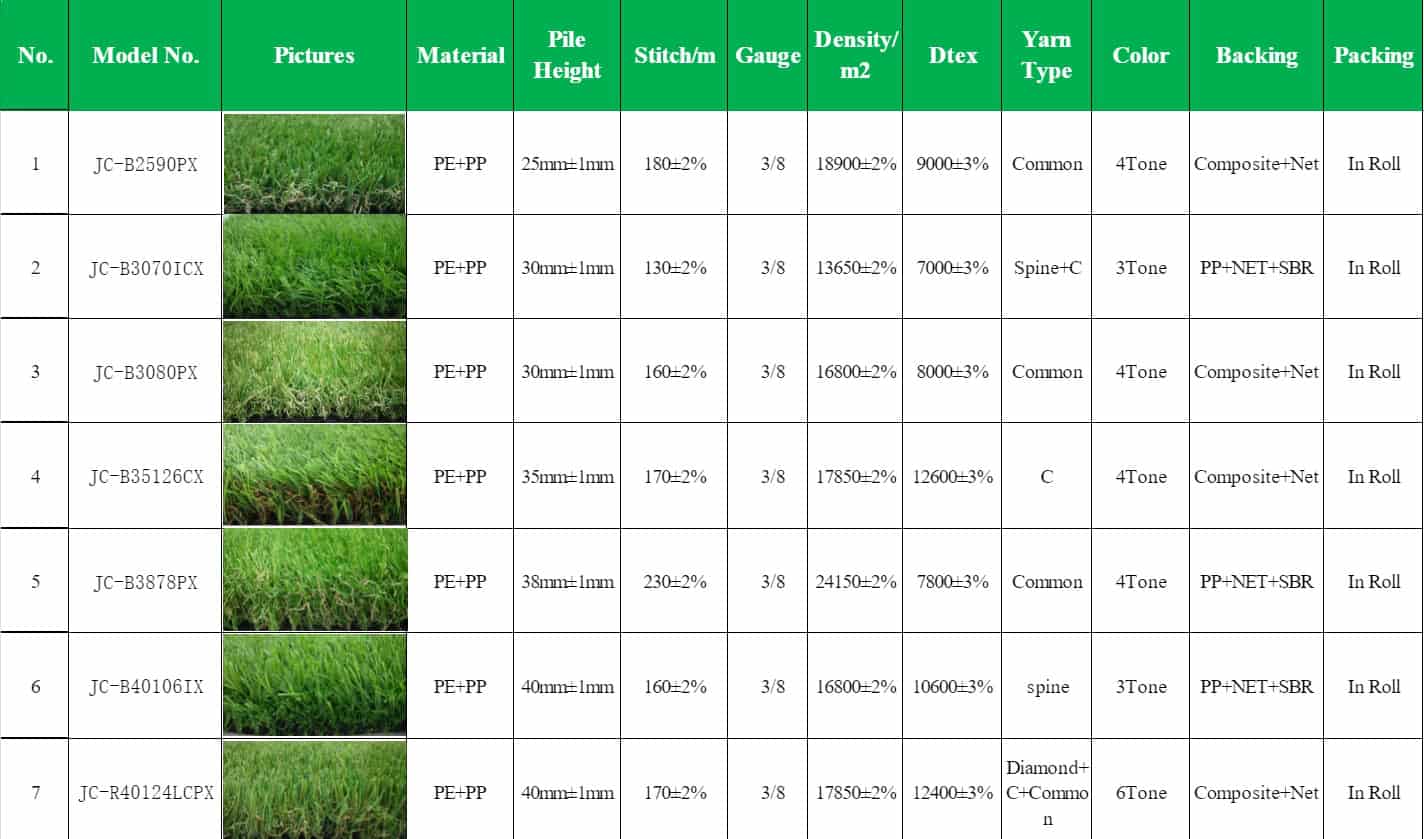Artificial grass is more than just a landscaping alternative—it’s a practical, low-maintenance solution for aged care facilities seeking safer, cleaner outdoor spaces. Whether you’re managing a retirement village or designing a memory care unit, choosing the right turf can improve safety, accessibility, and well-being for senior residents.
In this guide, we explain why artificial grass is ideal for senior living environments and how it supports safety, mobility, and comfort. You’ll learn the core benefits of artificial turf for elderly residents, explore common installation areas like courtyards and rooftops, and understand its suitability for memory care zones. We’ll also address critical safety and non-toxicity concerns, help you compare product options, and highlight what to consider before installation.
Whether you’re planning a new outdoor space or upgrading an existing one, this article will help you make an informed, senior-friendly decision.
Why Artificial Grass Is Ideal for Aged Care Facilities?
Maintaining natural grass in aged care facilities isn’t easy. It requires regular watering, mowing, and chemical treatments. For busy staff and vulnerable residents, this can create more problems than comfort. Uneven surfaces, muddy patches, or allergens may even put elderly residents at risk.
That’s where artificial grass comes in. Also known as synthetic turf or artificial lawn, it offers a low-maintenance, clean, and stable surface all year round. Unlike real grass, it doesn’t get muddy after rain or dry out in summer. Seniors can enjoy walking, sitting, or even exercising outside without worrying about slippery spots or hidden obstacles. For care providers, switching to synthetic grass also means lower upkeep costs and more predictable maintenance.
If you’re managing an aged care facility, you’re likely thinking about how to create a safer, greener, and more welcoming outdoor space. Artificial turf could be the first step. In the next sections, we’ll walk you through the key benefits, safety features, and how to choose the right product for your facility.
Key Benefits of Artificial Grass for Seniors
Installing synthetic turf in aged care facilities offers many practical advantages. From reducing fall risks to lowering maintenance efforts, artificial lawn solutions support both resident safety and staff efficiency. In this section, we’ll look at four key benefits: improved safety, easier upkeep, better mobility support, and mental wellbeing for senior residents.
Enhanced Safety and Fall Prevention
Safety is a top priority in any aged care environment. Natural grass often creates hazards—wet patches, uneven surfaces, and hidden roots all increase the risk of slips and trips.
Artificial grass provides a level, consistent surface. It doesn’t get muddy after rain, and it won’t develop holes or dips over time. Many care homes also install shock-absorbent underlays beneath the turf to cushion falls. These features help protect elderly residents, especially those with limited mobility or balance issues.
If you’re looking to reduce accident risks outdoors, synthetic turf offers a reliable and proactive solution.
Low Maintenance and Cost Efficiency
Unlike natural lawns, artificial turf doesn’t need mowing, watering, or fertilizers. This can save care facilities significant time and money over the long term. You also won’t need to hire specialized landscaping crews for regular upkeep.
With realistic turf, there’s no seasonal die-off or brown spots. The outdoor space looks clean and well-kept all year round with minimal effort. For aged care staff already managing daily routines, this is a major advantage.
Improved Accessibility and Mobility
Many seniors use walkers, canes, or wheelchairs. Natural grass often becomes a barrier—it’s uneven, sometimes soft, and hard to push through.
Artificial lawns are firm and flat, making them much easier to navigate. Residents can move freely without worrying about unstable ground. This kind of mobility support encourages independence and helps create a more inclusive environment.
Year-Round Green Aesthetics and Mental Wellbeing
A lush green lawn has a calming effect. It makes outdoor areas more inviting, encouraging seniors to spend more time outside—which supports both physical activity and emotional wellness.
Because synthetic grass stays vibrant regardless of weather, it provides this positive visual experience throughout the year. No dry patches in summer. No muddy mess in winter. Just a neat, peaceful green space every day.
Common Applications in Senior Living Environments
Artificial grass can be used in many parts of a senior living facility or retirement village. Whether you’re upgrading a courtyard, installing a low-maintenance rooftop garden, or creating a calming space for residents with memory loss, synthetic grass offers flexible, safe, and visually pleasing solutions. Below are three popular and effective applications.
Courtyards and Outdoor Recreation Areas
Courtyards in retirement villages and senior care homes are popular gathering spots. Residents walk, chat, or sit outside to get fresh air. But natural grass in these areas is hard to maintain—it turns muddy in rain, dries out in heat, and often becomes uneven over time. These issues don’t just affect looks—they can also raise the risk of falls.
Switching to synthetic turf creates a clean, even surface that stays green year-round. It drains quickly after rain and doesn’t develop dips or holes. In one community we worked with, staff noticed more residents choosing to spend time outdoors after replacing the old lawn. They also reported fewer complaints about slippery patches or hard-to-walk areas.
For staff, it means fewer maintenance calls and a safer, more welcoming space that’s always ready to use. Whether for casual gatherings or supervised walks, artificial grass turns outdoor areas into reliable daily-use spaces.
Rooftop Gardens and Balconies
In many urban retirement communities, outdoor space is limited. Rooftops and balconies offer valuable fresh air and sunlight, but real grass is rarely an option—it’s heavy, needs soil, and causes drainage concerns.
Artificial turf solves these issues. It’s lightweight, requires no soil base, and can be installed directly over existing surfaces with proper drainage support. This makes it ideal for elevated spaces where natural lawns simply won’t work. Residents get the feeling of a green garden without the mess or weight.
One facility transformed a little-used rooftop corner into a peaceful, soft-surfaced sitting area. Within weeks, it became one of the most visited spots for morning tea and quiet reading. Adding synthetic grass didn’t just change the look—it improved how the space was used.
Memory Care and Dementia-Friendly Zones
For residents with dementia or cognitive decline, outdoor areas should feel predictable, safe, and visually gentle. Sudden changes in terrain, uneven surfaces, or high-maintenance elements can lead to confusion or discomfort.
Artificial grass helps create consistent, soft outdoor spaces. It offers a smooth texture and a uniform appearance that remains stable across seasons. This can help reduce environmental overstimulation, which is often a design consideration in memory care settings.
Some facilities use synthetic turf in enclosed gardens or guided walking paths, where staff aim to provide low-risk, sensory-friendly environments. While outcomes may vary, such environments are often seen as more manageable for both caregivers and residents.
Is Artificial Turf Safe and Non-Toxic for Seniors?
Most high-quality synthetic turf products today are made from non-toxic polymers and designed to meet global safety benchmarks. They are typically free from lead, heavy metals, and harmful chemical residues. If you’re sourcing artificial lawn materials for aged care, look for certifications such as EN71 for toy safety or ASTM F3188 for turf performance—these ensure the product has passed rigorous testing.
Another common concern is heat retention. Like any surface exposed to direct sun, artificial turf can warm up, but it’s possible to choose lighter-colored, UV-stabilized materials that reduce surface heat. For shaded areas or courtyards with regular use, proper planning can make a big difference in comfort.
What about hygiene? Modern turf backing systems are designed for quick drainage and easy cleaning. Some even include antimicrobial treatments. While synthetic grass doesn’t eliminate bacteria entirely, it allows for better control compared to natural soil or worn-out real grass patches.
As with any design choice, safety depends on both the product quality and how it’s installed. Working with reputable suppliers who understand aged care facility needs is the best way to ensure a safe and suitable surface for your residents.
How to Choose the Right Artificial Grass for Your Facility?
Not all artificial grass products are the same—especially when you’re planning for a senior care environment. To make the right decision, you need to consider more than just looks. In this section, we’ll walk through three key factors: surface specifications like pile height and density, drainage and hygiene features, and the importance of working with qualified installers and durable materials.
Pile Height and Density Considerations
For aged care applications, the feel and function of the turf matter more than lush appearance alone. A medium pile height (typically between 25–35mm) provides enough softness without becoming too thick or unstable underfoot. Higher density turf may look fuller but can be harder to walk on, especially for residents using walkers or wheelchairs.
In high-traffic areas like courtyards, choose synthetic grass that balances resilience with comfort. Ask suppliers for samples and test them in real-use settings if possible. Comfort, stability, and ease of movement should all be considered together.
Drainage and Cleanability
Proper drainage is essential for both hygiene and safety. Look for turf products with perforated backing systems that allow rain and spills to pass through quickly. This helps avoid standing water, reduces mold risk, and keeps the surface usable after rain.
Some artificial lawn systems include antimicrobial coatings, which can further support cleanliness in outdoor spaces used by seniors. And because there’s no soil to trap dirt, cleaning is often as simple as brushing or hosing down the area—an important advantage for facilities with limited maintenance staff.
Warranty, Durability, and Installation Expertise
High-quality fake grass is designed to last 8–15 years, depending on usage and exposure. But that longevity depends not only on the product itself, but also on how it’s installed. Uneven base preparation or poor joining methods can create trip hazards or drainage issues over time.
Choose vendors that specialize in commercial or institutional projects, not just residential lawns. Ask about warranty terms, UV resistance, and compliance with relevant safety standards. A professional installation will pay off in long-term safety, reliability, and resident satisfaction.
Additional Considerations Before Installation
Choosing the right synthetic lawn is just one part of the process. Before installation, aged care providers should also plan for cost breakdowns, regulatory checks, and staff readiness. In this section, we’ll explore a few final—but important—things to keep in mind.
Budget Planning and ROI Estimation
Artificial grass often comes with a higher upfront cost than natural turf. However, the long-term savings from reduced maintenance, water use, and labor can make it a cost-effective choice. Try to get a full quote that includes preparation, materials, underlay, and installation—not just the turf rolls.
Also consider indirect returns: fewer trip hazards, cleaner outdoor areas, and improved resident satisfaction may reduce other operational costs over time.
Local Regulations or Fire Ratings
In some regions, building codes or aged care facility guidelines may include specific rules about surface materials, especially in high-temperature zones or fire-prone areas. Before installation, check with local authorities or compliance officers to ensure the product meets safety and accessibility standards.
Some synthetic turf products carry fire-retardant ratings or slip resistance certifications. Choosing certified materials adds an extra layer of risk management.
Staff Training for Surface Maintenance
While artificial turf is low-maintenance, it’s not maintenance-free. Staff should be trained on basic upkeep: brushing fibers to keep them upright, clearing debris, and inspecting edges or seams for wear.
A short onboarding guide or routine checklist can ensure the surface remains safe and visually appealing. It also prevents unnecessary wear that might void product warranties.
Final Thoughts: Elevating Elderly Care with Artificial Grass
Caring for seniors means making every detail of their environment safer, cleaner, and more comforting. Artificial grass—whether used in courtyards, balconies, or memory care zones—offers a consistent, low-maintenance surface that supports mobility, reduces hazards, and enhances outdoor living.
Unlike traditional grass, realistic turf solutions require minimal upkeep and are not impacted by changing seasons or daily weather. With proper installation, synthetic turf can reduce long-term maintenance costs while improving resident satisfaction.
Safety, of course, is non-negotiable. That’s why working with certified, high-quality artificial lawn products matters. Suppliers like JCturf have earned international certifications such as CE, SGS, and ISO9001, ensuring their materials meet rigorous health and environmental standards.
If your facility is exploring ways to upgrade outdoor spaces for senior care, artificial grass may be a smart and compassionate step forward.
Want expert guidance on choosing the safest and most durable artificial turf for your aged care project? Contact our team for tailored recommendations or request a free material sample.


